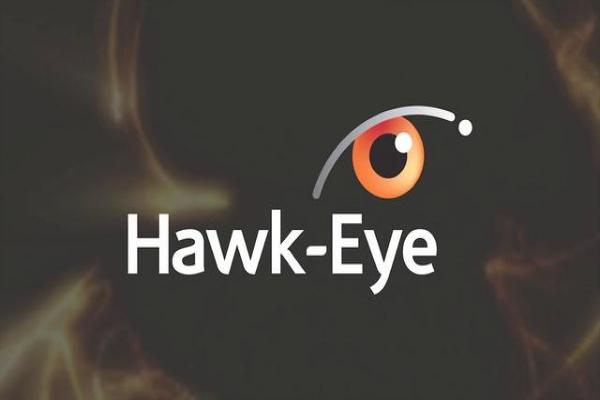Published on the 28/01/2016 | Written by Newsdesk

With the introduction of the Sony Hawk-Eye automated system, NZ Live set to revolutionise broadcasting…
While the focus has fallen on burger production and other areas of manual labour to reduce production costs, a system which puts live TV on the airwaves with little human intervention is demonstrating that the industries which will be affected by automation are limited by the imagination alone.
Hawk-Eye is software from electronics giant Sony which controls every aspect of a television production to put live events on the air (or the internet) at a fraction of the cost traditionally associated with televised broadcasts.
NZ Live sales and operations director Ray Standidge said it revolutionises live action television, allowing lower-tier games, concerts and other events to be aired in the traditional manner or delivered as a streaming service.
“Hawk-Eye is more portable than a traditional outdoor broadcasting rig, easier and faster to set up and requires just a handful of people to produce a professional live broadcast,” he said.
Hawk-Eye runs on high-end servers with the software controlling any number – usually six to eight – of HD or ultra-high definition cameras set up around a live event. The software is programmed to follow the action, and provides automated switching between camera angles. All cameras and production elements are controlled by Hawk-Eye, including graphics overlays and replays – features viewers have come to expect from a live broadcast – fully automated.
Fascinatingly, the system is programmed for specific events so it ‘knows’ what is taking place on the field (or stage) and follows the action accordingly.
Standidge said there is no compromise in the viewing experience and audiences won’t know the production is automated.
“If anything, with 4k ultra high definition and the elimination of human error such as focus or camera wobble, Hawk-Eye is in many respects a step up,” he noted.
He says content owners now have realistic options to get their events produced and broadcast in a market previously characterised by little choice.
While some industry observers fret about job losses owing to automation, Standidge pointed out that the reduced cost of production means more events can be shared with remote audiences; the number of personnel involved in producing a broadcast drops from 12 to 3 with Hawk-Eye. That reflects a substantial reduction in overhead, which should make a broadcast accessible to events which don’t enjoy the mainstream appeal of, for example, top level cricket or rugby games.



























